NEW YORK -- As troops continue to deploy to diverse theatres such as Afghanistan where existing communications infrastructure is limited, the Army's demand for connectivity continues to grow.
"We are looking for agility for the Warfighter," said Maj. Gen. Nick Justice, formerly the Army's program executive officer for Command, Control, Communications-Tactical (PEO C3T). "He needs more than anything else, not bandwidth but connectivity. If he's got connectivity, then I can know where he is, he can know where I am, and we can pass very basic information."
Justice was the keynote speaker at the Satellite and Content Delivery Conference and Expo on Oct. 15, which was held at the Jacob K. Javits Convention Center, New York, N.Y. His next assignment will be to replace Maj. Gen. Paul Izzo as commanding general of the Army's Research, Development and Engineering Command (RDECOM).
Justice encouraged the private sector in the audience to rise to the challenge of improving U.S. satellite communications (SATCOM) to help quench the Army's thirst for more bandwidth and greater connectivity.
"There are opportunities to grow the body of knowledge of how to do on-the-move communications, with satellites and mixtures of satellites and radios," Justice said. "I'm going to suggest that it's not my problem alone, that it's the commercial business' challenge, because international businesses and corporations are looking to have standard information protection."
The military and the commercial industries are facing similar needs, Justice said. To begin with, they both want to be able to converge down systems and applications, and veer away from having to pay for increasing infrastructure demands.
Currently, the Army is running a separate network for logistics systems, tactical tracking systems, medical systems, intelligence systems and so forth, Justice noted. To enable the Army to maximize bandwidth and allocate it accordingly, it needs to converge onto a single Warfighter Information Network.
With this in mind, the Army is building a worldwide communication framework, the Global Network Enterprise Construct (GNEC), an Army-wide strategy that will transform LandWarNet from many loosely-affiliated independent networks to a single global network.
"Communication is part of our weapon systems," Justice said. "We want an infrastructure where we can move bandwidth around and deal with challenges. We are trying to collapse those multiple networks down onto our global network."
Many of the commercial industry's business customers, such as banks, are demanding some of the same capabilities the military seeks. Bandwidth, connectivity and information protection reign high on the list. The fast pace of changing technology in both sectors is adding to the increase in SATCOM demand and current SATCOM capabilities are having trouble keeping up.
Do we have enough launchers to put up all the satellites we have' Justice asked. Do the satellites have the bandwidth, the focus and all the features that we need' He suggested that these challenges should be solved as a community.
"We are challenged to bring military satellites online and when you start looking at the age of some of the current satellites as they start decaying, we have a real requirement that surpasses the commercial world, unless the commercial world adopts some new concerns of their own," he said.
In earlier years the military dominated communications technology advancement. Now, with the onset of the Internet, the tables are quickly turning, Justice said. Demand in the commercial world is growing at lightning speed, which has driven it to overtake the military in wireless communication technology already.
"I think today's telecommunications industry is going to force us to go to cell phone technology on the battlefield--maybe in a different spectrum," Justice said.
However, even with mobile cellular communications, the Soldier needs enough points of presence to be able to travel long distances while maintaining connectivity, a feat the military is determined to accomplish, he said.
The Army is downsizing its communication devices to get the same stream of information onto smaller vehicles, making them less of a target for the enemy. Smaller, less-detectable vehicles will enable them to be scattered over the battlefield and increase connectivity, he said.
The Army has "radically" changed its operational concept from a fixed infrastructure environment to a modular expeditionary force, where it is able "to pack and go" wherever it needs to on a moment's notice. The modular aspect allows the Army to tailor systems and applications to meet its changing needs, Justice said.
"The world is a complex place, but there is nothing more complex than a deployed Army unit, constantly moving," Justice said. "The infrastructure has to move. I need to be able to maneuver."
To support the growing requirements of today's Soldier in need of increased bandwidth and better reliability, Justice suggested that both sectors need to tackle the Mobile Ad hoc Network (MANET) and Mobile Networked Multiple-Input Multiple-Output (MIMO) environment.
MIMO increases Wi-Fi range and performance by using multiple antennas at both the transmitter and receiver ends. It offers significant increases in data throughput, reliability and spectrum efficiency without additional bandwidth or power.
A MANET is a collection of wireless nodes that can dynamically form a network to exchange information without using pre-existing fixed network infrastructure. Because the nodes are mobile, either installed in moving vehicles or worn by Soldiers, the network topology constantly changes.
"Information requirements are growing and we have to get our hands around those challenges, not just for my community, but for the commercial community and our nation's economy," Justice said. "And that's where I think you (the private sector) have the most to offer."
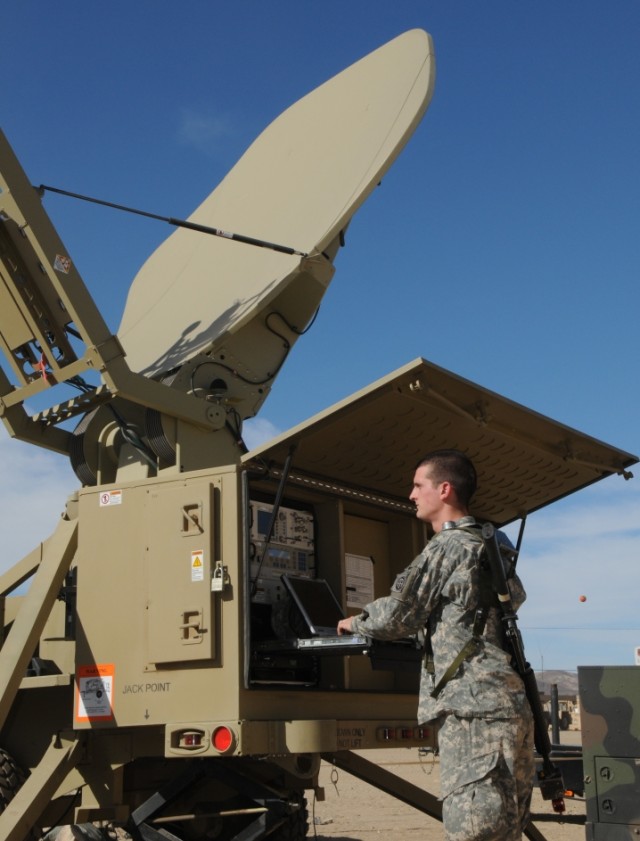

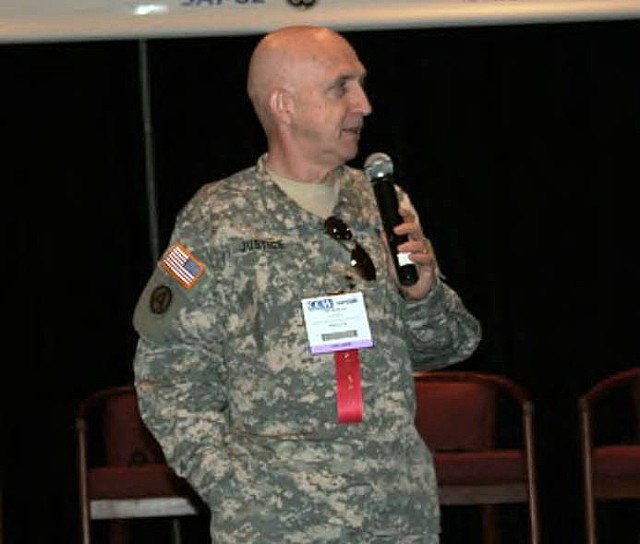
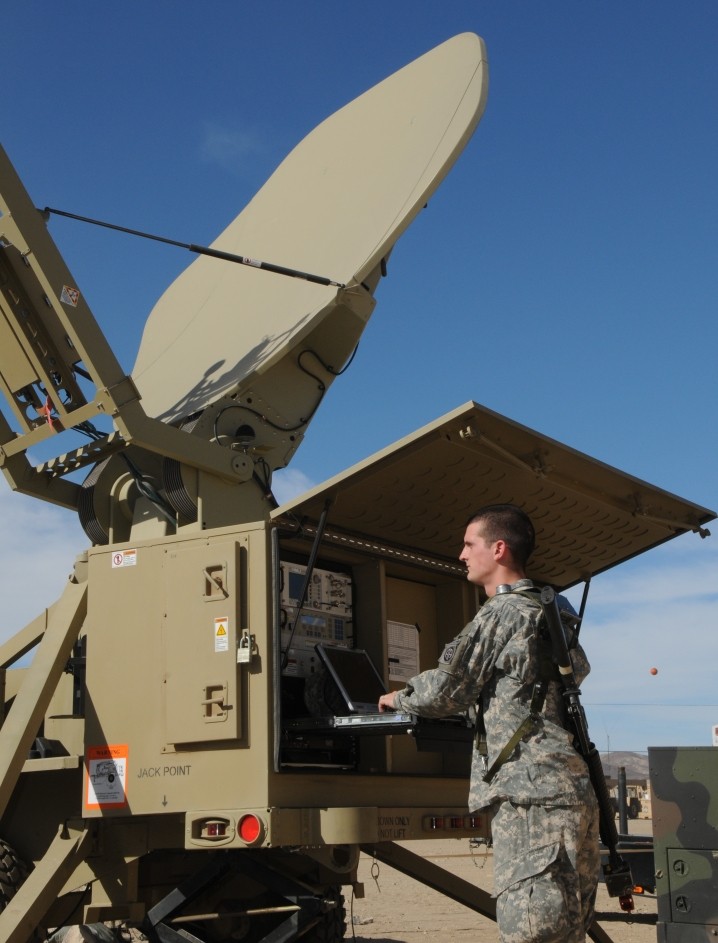
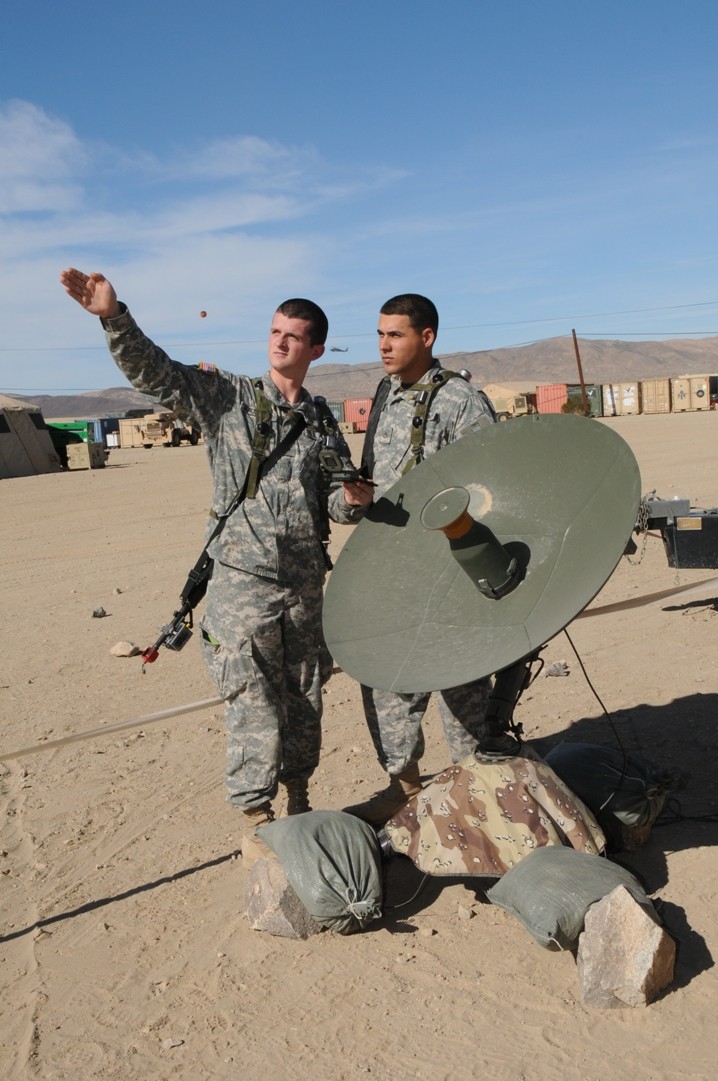
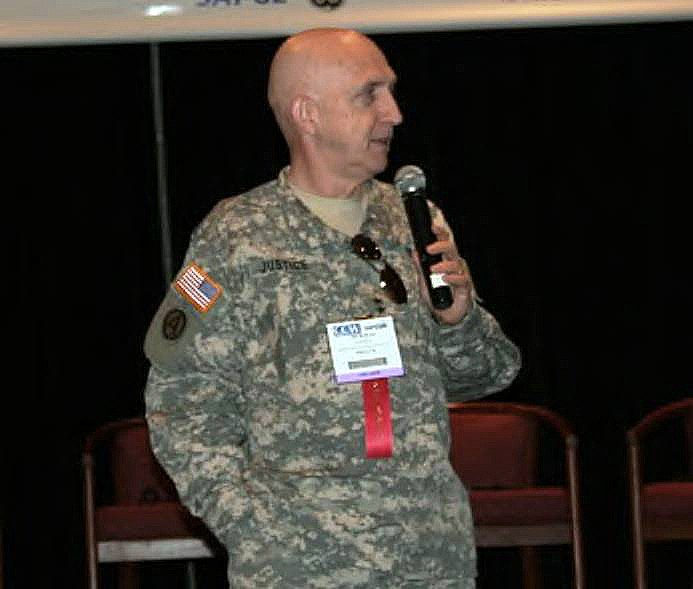
Social Sharing